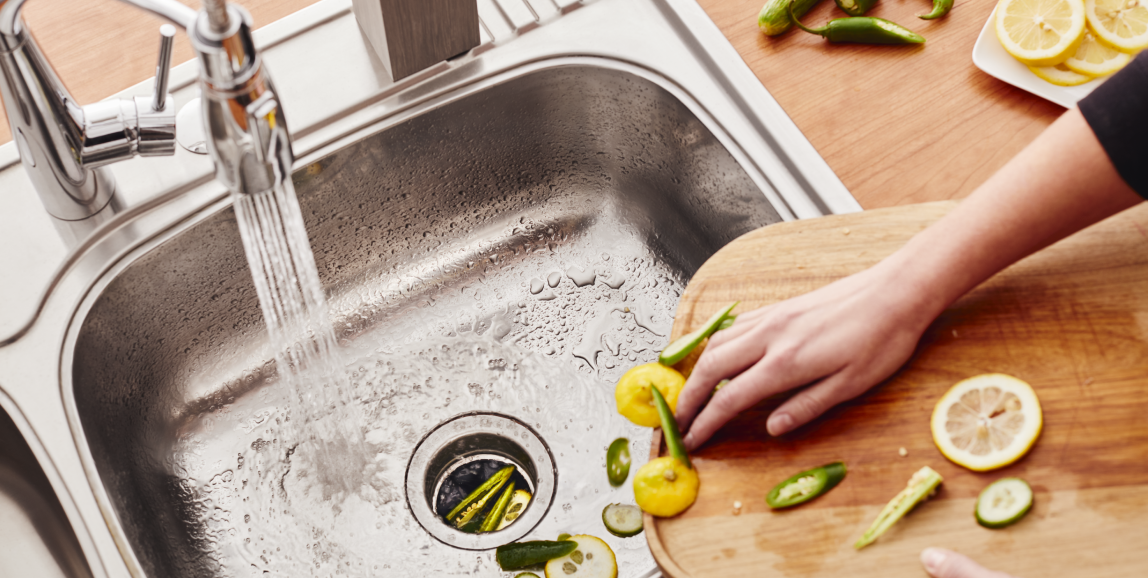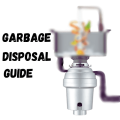Introduction
Garbage disposal sinks make kitchen clean-up easier. They help in managing food waste. This guide covers everything about them.
What is a Garbage Disposal Sink?
A garbage disposal sink has a device under it. This device grinds up food waste. The waste then goes down the drain. This helps in keeping the kitchen clean.
Benefits of Garbage Disposal Sinks
- Reduces Waste: Less garbage goes to landfills.
- Easy Clean-Up: It makes cleaning the kitchen faster.
- No Bad Odors: It prevents food from rotting in the trash.
- Environment-Friendly: Some waste can be converted to energy.
Types of Garbage Disposal Sinks
There are two main types of garbage disposals:
Continuous Feed
This type runs as long as the switch is on. It is easy to use. Just turn it on and put food waste in.
Batch Feed
This type works in batches. It is safer for families with kids. You need to put a stopper in before it starts.
How to Choose the Right Garbage Disposal Sink
Consider these factors when choosing a garbage disposal sink:
- Power: More power means better grinding.
- Noise Level: Look for quieter models.
- Durability: Stainless steel parts last longer.
- Ease of Installation: Some models are easier to install.
Installation Process
Installing a garbage disposal sink can be done at home. Follow these steps:
- Turn off the power and water supply.
- Remove the existing sink flange and drain.
- Install the new sink flange.
- Attach the mounting ring.
- Connect the garbage disposal unit.
- Connect the dishwasher hose (if applicable).
- Connect the drain pipes.
- Turn the power and water back on.
- Test the unit.
If unsure, hire a professional for installation.
Maintenance Tips
Proper maintenance ensures the unit lasts long. Follow these tips:
- Run Cold Water: Always use cold water when running the disposal.
- Clean Regularly: Clean the unit with ice cubes and baking soda.
- Avoid Hard Items: Do not put bones or hard items in the disposal.
- Use Citrus Peels: Grind citrus peels to keep it fresh.

Credit: www.affresh.com
Common Problems and Solutions
Here are common problems and how to fix them:
| Problem | Solution |
|---|---|
| Unit Won’t Turn On | Check the power supply and reset button. |
| Slow Drain | Clean the drain pipes. |
| Bad Odor | Clean with baking soda and vinegar. |
| Noise | Check for any hard items inside. |
:max_bytes(150000):strip_icc()/garbage-disposal-installation-1824830-hero-1dcd7b5b05d44a2cb367e31692500c8c.jpg)
Credit: www.thespruce.com
Frequently Asked Questions
How To Fix A Clogged Garbage Disposal?
To fix a clogged garbage disposal, turn off power, use a plunger or reset button, and clear debris manually.
What Can You Put In A Garbage Disposal?
You can put soft food waste, small bones, and fruit peels. Avoid fibrous, starchy, and hard items.
Why Is My Garbage Disposal Leaking?
A garbage disposal may leak due to loose connections, worn-out seals, or damaged pipes. Check and tighten components.
How Often To Clean A Garbage Disposal?
Clean your garbage disposal once a week. Use ice cubes, lemon peels, or vinegar and baking soda for best results.
Conclusion
Garbage disposal sinks are useful in the kitchen. They help manage waste and keep the kitchen clean. Choose the right one, install it properly, and maintain it well.
